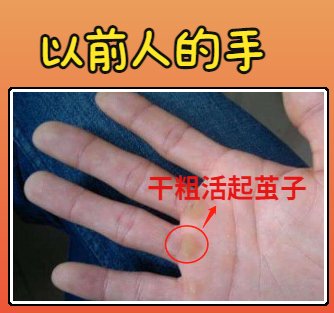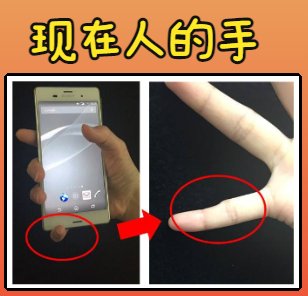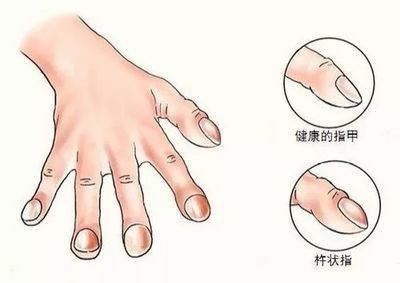

Medical guidance: Professor Zheng Junmeng, Director of Cardiovascular Surgery, Sun Yat-sen Memorial Hospital, Sun Yat-sen University
1
Trembling fingers, bulging ends,
May be a “warning” from the heart
01
finger tremors
02
Nail abnormalities
03
clubbing
< /span>


2
Doctor’s reminder:
If you find abnormal fingers, be sure to promptly Seek medical treatment
Professor Zheng Junmeng reminds that if the finger appears If you have the above symptoms, may have these heart diseases, including: congenital heart disease (such as tetralogy of Fallot, triad of Fallot, dislocation of the heart and great vessels, etc. ), infectious heart disease (subacute bacterial endocarditis, rheumatic heart disease, infective myocarditis), and other cardiovascular diseases.
Especially cyanotic congenital heart disease such as tetralogy of Fallot, Eisenmenger syndrome, and dislocation of the great vessels, usually accompanied by cyanosis and clubbing, and clubbing The severity of cyanosis is often in parallel with the severity and duration of cyanosis. However, except for neonates and severe anemia, the former only has cyanosis without clubbing, and the latter has obvious clubbing and mild cyanosis.
“Once you find abnormal fingers, you must go to the hospital as soon as possible, so as not to delay the treatment time. ” Professor Zheng Junmeng said, the doctor will further check the patient, such as physical examination, blood test Routine, blood gas analysis, electrocardiogram, imaging examination, etc., to clarify the cause and symptomatic treatment.
